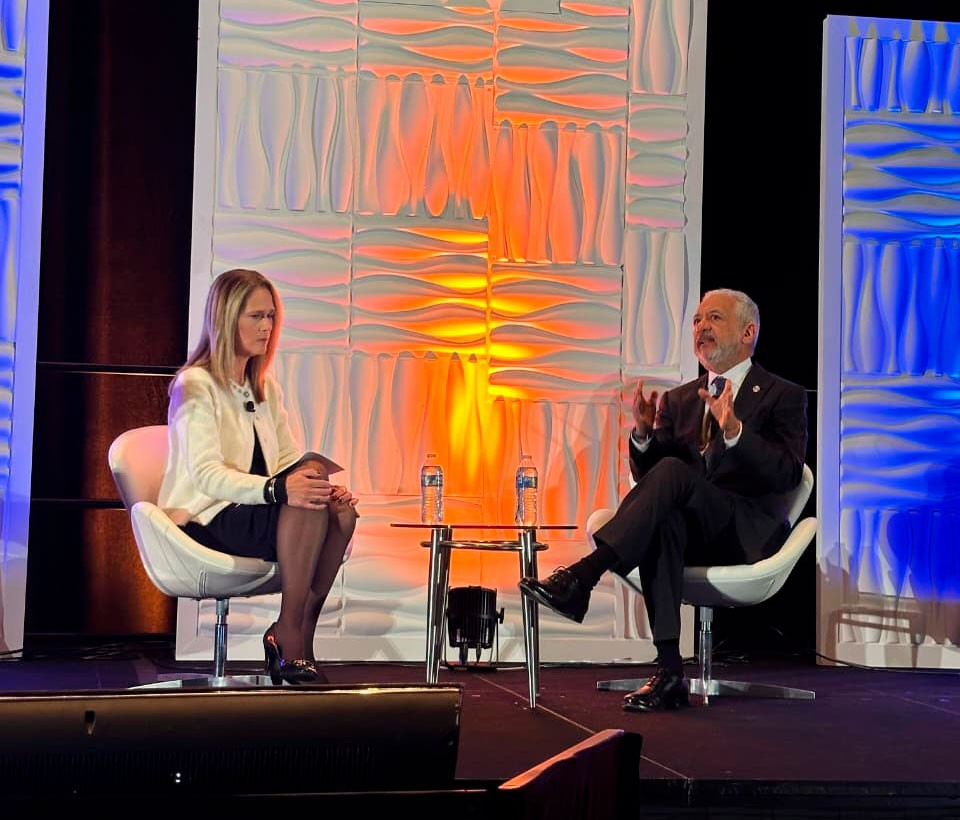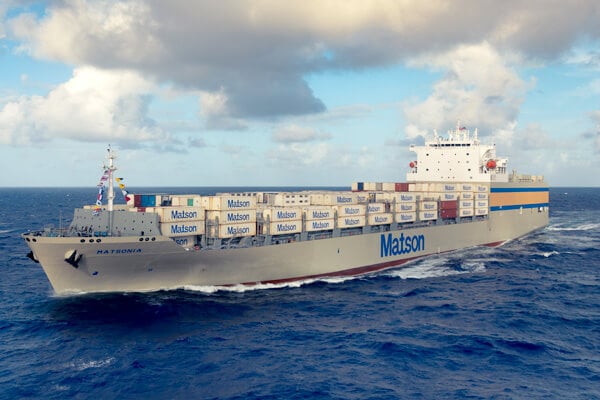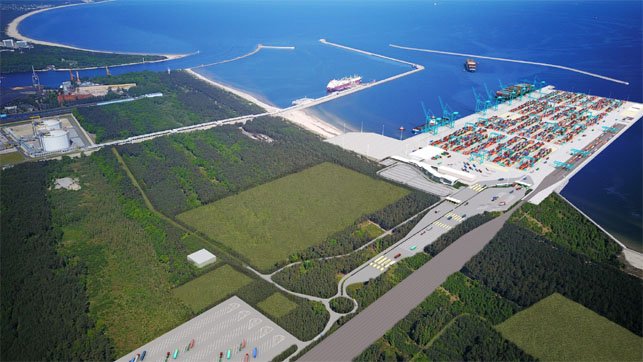Shippingtelegraph: Panama Canal pushes ahead with strategic developments

The Panama Canal administrator Ricaurte Vásquez, participated in a fireside chat moderated by senior CNBC editor Lori Ann LaRocco at the Houston International Maritime Conference (HIMC).
Vásquez spoke about the strategic development of a gas pipeline and the construction of two ports at both ends of the canal.
Through these projects, the Panama Canal seeks to strengthen its capacity while mitigating risks from climate shifts and global uncertainty.
“We are working hard to ensure that environmental and climate conditions do not disrupt operations. But, through these projects, we are also guaranteeing that the Panama Canal remains committed to diversification with investments that provide operational assurance for the industry,” Vásquez said.
Vásquez highlighted the growing market demand that is driving the canal’s gas infrastructure initiatives.
The Canal has projected that the volumes of liquid petroleum gas (LPG) will double over the next ten years.
“Almost everything that comes from the U.S. going to Asia goes through the Panama Canal…. If we do nothing, we’re going to lose that part of the market share. Our long-term vision for the canal includes capturing that growing volume.”
Vásquez also addressed the planned development of two new ports at each end of the Panama Canal.
He emphasized that across all initiatives, the Canal will welcome participation from companies capable of delivering meaningful value.
That value, he explained, will be defined within the framework of what best serves Panama’s long-term interests.
“Decisions are made by the Canal and the board. That distinction is important because it eliminates the possibility of political influences” Vásquez said.
In late October, the Panama Canal Authority said it had launched a consultation process with representatives of the maritime industry to identify potential partners interested in developing port terminals on both the Atlantic and Pacific sides of the waterway.
Following a process similar to that followed for the introduction of the gas pipeline project, the Panama Canal convened a group of representatives from companies with proven experience in container port operations and container shipping lines.
According to institutional rules and regulations, this session was a working meeting, accessible only by invitation to each participant.
Representatives from APM Terminals, Cosco Shipping Ports, CMA Terminals–CMA, DP World, Hanseatic Global Terminals, MOL, PSA International, SSA Marine–Grupo Carrix, and Terminal Investment Limited participated, as well as representatives from CMA CGM, ONE, Evergreen, Hapag Lloyd, HMM, Maersk Line, MSC, OOCL, COSCO, Yang Ming, the Port of Houston, and ZIM.
An estimated investment of B/.2.6m is projected for both terminals, with an expected economic impact of between 0.4% and 0.8% of Panama’s GDP.
The goal of these initiatives is to increase container transshipment capacity by 5 million TEUs (20-foot container units) per year, strengthen Panama’s position as one of the world’s most competitive intermodal hubs, and expand port capacity in the interoceanic area, which is currently operating near its limit.
In his closing remarks, Vásquez reiterated the Canal’s commitment to advancing these projects quickly and efficiency.
“We are having one-on one meetings with terminal operators and shipping clients probably the first week of December. We are trying to get in the terms of reference in order to do pre-qualification. We are moving fast,” he said.
The HIMC was organized by the Port of Houston and was supported by the International Longshoremen’s Association, Foreign Trade Zone (FTZ) and the OEC Group, and fosters an environment for stakeholders across the supply chain to collaborate and innovate amid a dynamic maritime commercial landscape.
Related Posts





